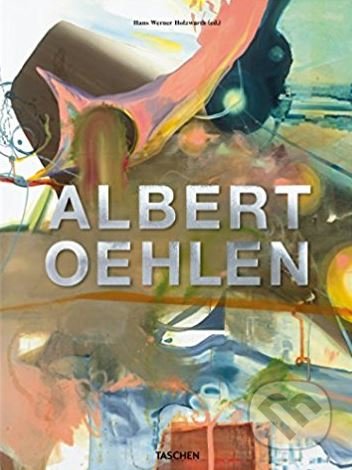Dali the Wines of Gala
Knihu koupíte v
1 e-shopu
Pokud se vám po kliknutí na tlačítko "Do obchodu" nezobrazí stránka knihy ve vybraném e-shopu, je třeba vypnout AdBlock ve vašem prohlížeči pro naši stránku.
Návod na vypnutí je například na adrese https://o.seznam.cz/jak-vypnout-adblock/#1.
Krátký popis
Dechberoucí titul z kategorie Kuchařky od společnosti Taschen.
Vývoj ceny
Aktuální Ø cena knihy Dali the Wines of Gala je 1 508 Kč
Výběr knih autora
Hans Werner Holzwarth
Zobrazit všechny knihy autora
Hans Werner Holzwarth
Výběr knih vydavatele
Taschen
Zobrazit všechny knihy vydavatele
Taschen
Naše tipy
- Právě probíhající akce a slevy na knihy
-
Knihydobrovsky.cz | do 24.12.2025
-
Knihydobrovsky.cz | do 24.12.2025
-
Bookshop.cz | do 31.12.2025
- zobrazit všechny akce


















